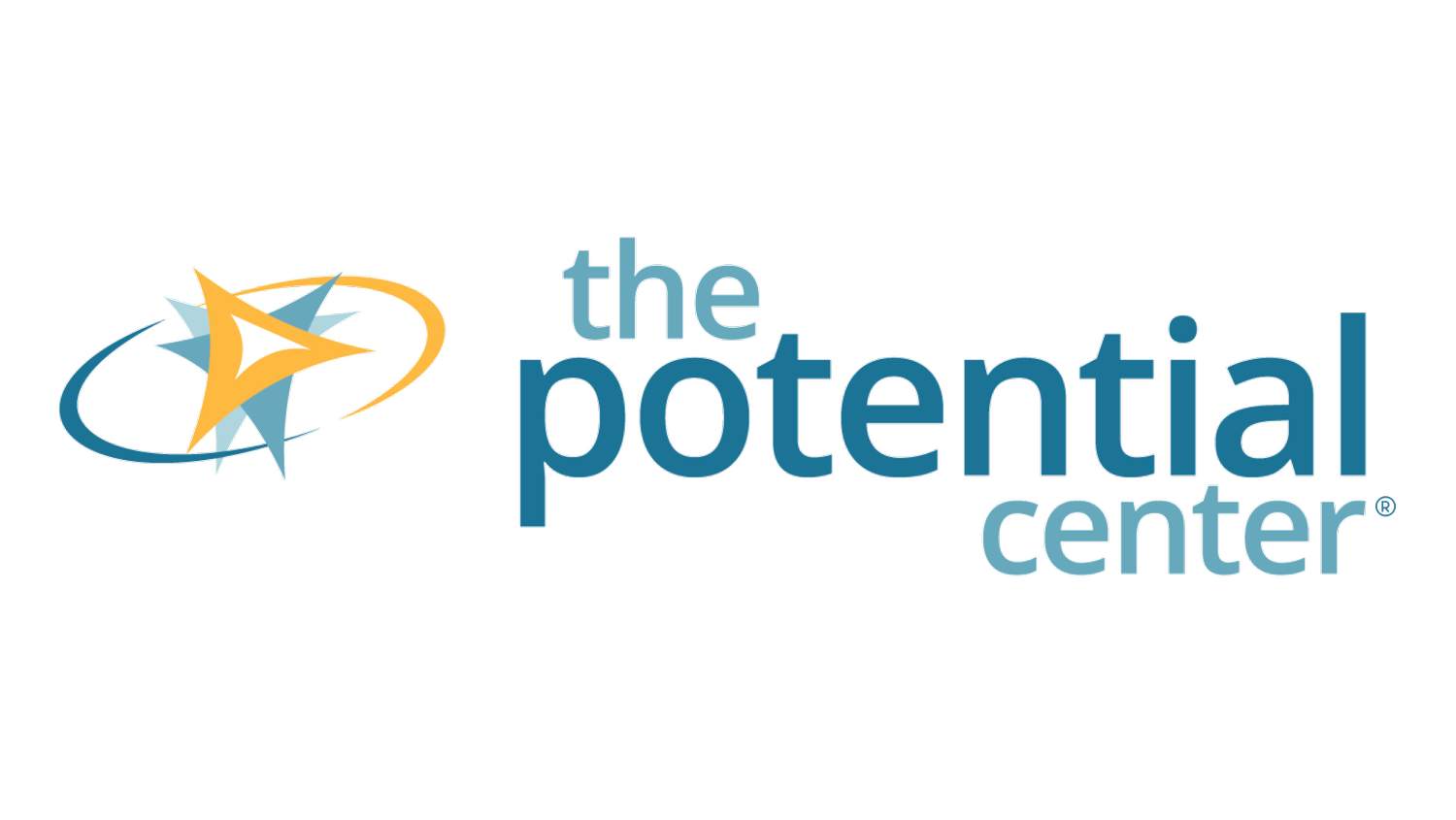Part 2: The funky world of brainstorming tools
How can pretending to be a mad scientist solve problems?
Let’s dive into the deep end of the pool of brainstorming exercises!
Welcome to another post in the series on the Brainstorming Playbook. Ready for more fun?
Two weeks ago, I introduced you to some Re-expression tools. This week, Related Worlds.
Related Worlds tools
Related Worlds tools allows you to tap into other environments to see what you can learn from them in relation to your challenge or opportunity. Typical questions to ask are:
Where in the world has my challenge (or anything like it) been faced before?
What can I learn and steal from that?
Examples of Related Worlds solutions:
The idea for roll-on deodorant came from the ballpoint pen.
Velcro was born after the inventor came back from a walk in the country with burrs clinging to his trousers.
Let’s dive into the pool of tools!
The Boomerang
(adapted from “Instant Creativity,” Clegg & Birch)
This tool sends out a “boomerang” to other places where the need you have might also occur and returns with information that you can relate back to your own problem. Here’s how it works…
Identify the essential need in your problem, or at least one of the fundamentals. For instance, if you’re trying to design seating, your essential need might be comfort, style, or fireproofing.
Now think of examples of this need in different sectors. Take style, for instance: clothing fashion and car design are examples of where style is important.
Finally, relate the external information back to your problem. For instance, how could you apply clothing fashion to seating (think ‘catwalk’)? From car design, you could focus on how the seat is designed around the driver.
Evil Genius
(adapted from “Instant Creativity,” Clegg & Birch)
This tool taps into our natural tendency to blame problems on outside forces. It works by personifying the obstacles that cause your problem so you can see them in a different light. This technique should resonate with parents or those who come from a long folk-story tradition.
Think of an evil genius, criminal mastermind, mad scientist, or evil alien invader attempting to make things unpleasant for your organization.
Assume that your desired outcome would be achieved if it weren’t for this malevolent monster getting in the way. If you want to cut costs, e.g., the evil genius could be pushing up costs and thwarting cost-cutting measures. If you want to come up with a fresh idea, the evil genius could make sure your competitors are one step ahead.
Think about the motivation of your nemesis. Why do they want things this way? Is there any way to satisfy them and still solve your problem? Is there a way to distract them? Can you somehow trick them into solving the problem for you? Encourage people to throw themselves into the character of the evil genius.How will you and your team use Related Worlds ideating tools?
How will you and your team use Related Worlds ideating tools?
Look at your calendar for meetings where you could use one of these techniques. Choose a tool that you will introduce at the session. Play with this tool in advance of the meeting so that you’re clear on how it works, how to explain it, and guidance you’ll give if people get stuck.
Need help with facilitating creative problem-solving?
We offer several options for helping you learn how to use ideating tools and create a culture of creative problem-solving and innovation. If you want to learn more about how to avoid the evil genius (mwa-ha-ha), let’s hop on a call. Schedule a time to talk here.
New podcast guest appearance!
I was interviewed live on the I Love Learning podcast. You can see our conversation here. What can you learn in half an hour of listening over lunch?
Till next time,
Ellia
I believe that, with the right support anyone can learn creative ways to solve problems. If you’d like to see what tapping into creative potential could look like at your place of work, contact me at Ellia@ThePotentialCenter.com to arrange a call.



